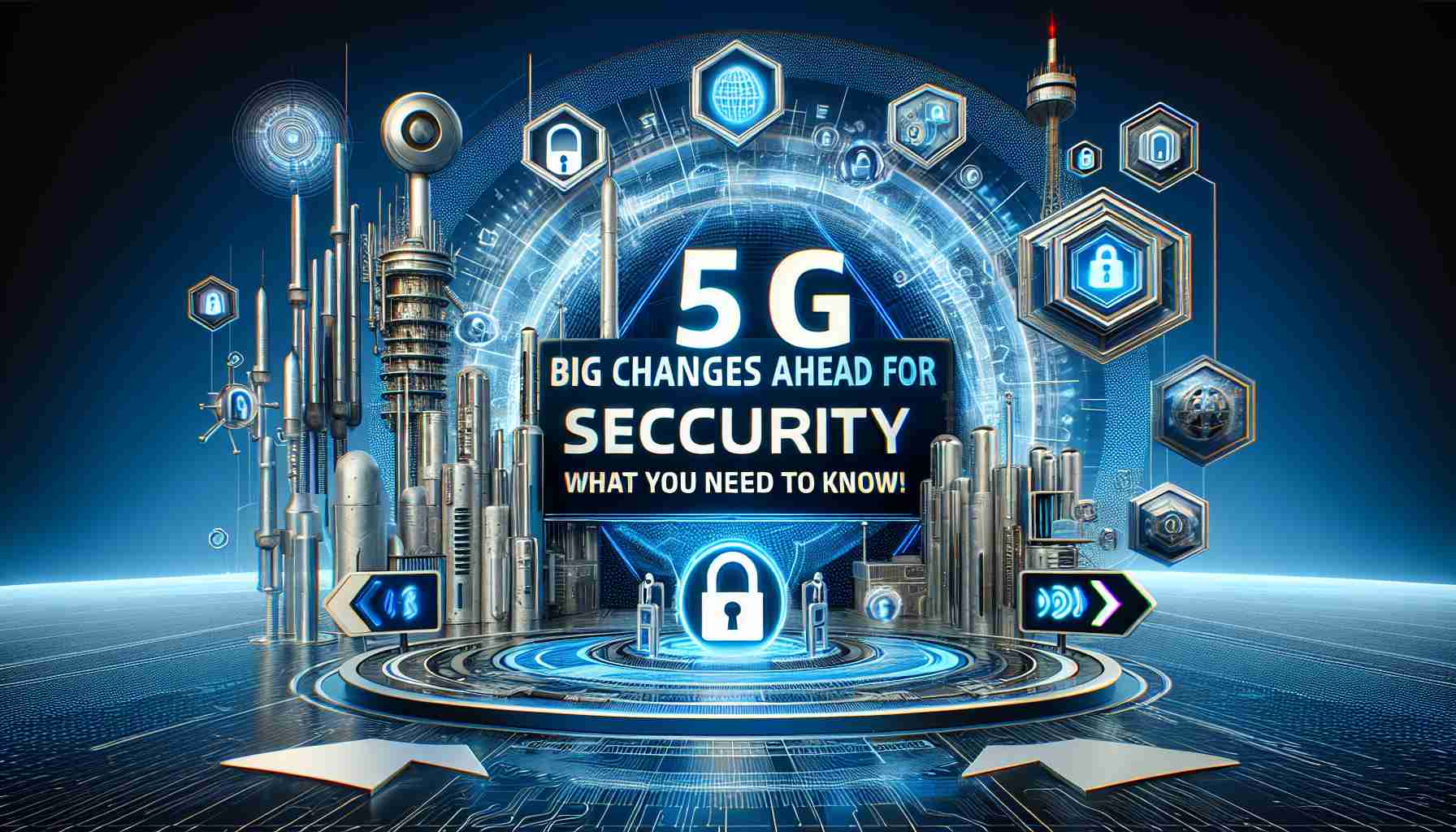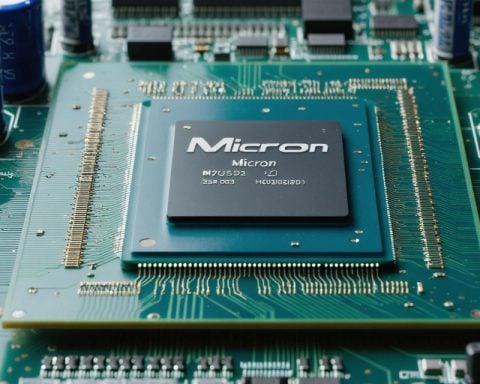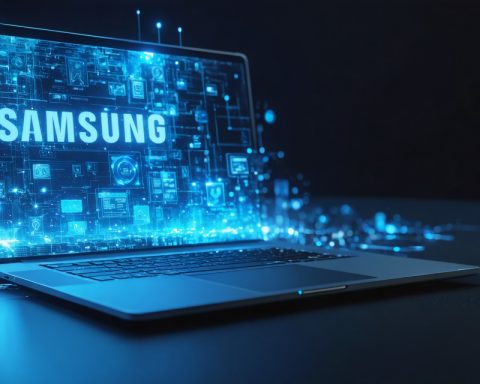New research has revealed a surprising shift in the dynamics of the 5G market that could impact cybersecurity solutions. A recent analysis from a leading technology intelligence firm indicates that the expected growth in demand for 5G network security might not happen as quickly as anticipated. The rollout of 5G networks significantly slowed down in 2023, which has had repercussions for enterprise spending on cybersecurity, leading to a stunning revenue shortfall projected at approximately $1.2 billion for the upcoming year.
Mobile Network Operators (MNOs) initially had high hopes for their investments in 5G, particularly in offering security features to businesses. Nevertheless, the slow adoption of crucial applications designed for devices, particularly those reliant on Massive Machine Type Communication (MMTC) and Ultra Reliable Low Latency Communication (URLLC), has created a barrier to unlocking new revenue opportunities.
While there remains potential within the security market for these applications, companies are currently holding back on spending amid a fluctuating economic landscape. To stay competitive, MNOs will need to adapt their strategies to provide cost-effective and straightforward security solutions that resonate with enterprises looking to navigate the evolving requirements of their industries.
Ultimately, the future of 5G network security will hinge on how well providers can develop appealing solutions that not only offer protection but also serve as key business enablers.
Maximizing Security and Efficiency in the 5G Era
In light of the recent research indicating a slowdown in the 5G market and its impact on cybersecurity solutions, it is crucial for businesses and individuals alike to adapt and make the most of the evolving landscape. Here are some valuable tips, life hacks, and interesting facts to guide you through the intricacies of cybersecurity in a 5G world.
1. Understand 5G Security Features
Before jumping into a 5G contract, it’s essential to become familiar with the security functionalities that come with the technology. From encryption protocols to edge computing capabilities, understanding these features can help you make informed choices about your network usage.
2. Prioritize Cyber Hygiene
Regardless of the network, practicing good cyber hygiene is critical. This includes regularly updating your devices, using strong passwords, and employing multi-factor authentication. These practices can help mitigate potential risks associated with new technology implementations, including 5G.
3. Explore Cost-effective Security Solutions
As companies become cautious about spending amidst economic uncertainty, seek out security solutions that do not compromise on quality while being budget-friendly. Look for SaaS (Software as a Service) options that provide enterprises with scalable security measures tailored to their specific needs.
4. Stay Informed on Emerging Threats
The fast-paced nature of technological advancements also introduces new cybersecurity threats. Regularly consult cybersecurity reports and updates from trusted sources to stay ahead of potential vulnerabilities associated with 5G technology.
5. Collaborate with Network Providers
Engaging with Mobile Network Operators (MNOs) can provide insights into their security offerings and how they plan to adapt as the 5G landscape continues to evolve. Establishing a strong partnership may enable you to access better security services tailored to your usage patterns.
Interesting Fact: The Dual Role of 5G
Did you know that while 5G is primarily known for its high-speed data capabilities, it also serves a dual role in enhancing security measures? The technology supports distributed ledger technologies like blockchain, which can significantly bolster data integrity and security.
6. Leverage Machine Learning
Consider integrating machine learning technologies into your security protocols. These tools can help predict and respond to potential threats more effectively by analyzing vast amounts of data in real time, allowing for quicker responses to cyber incidents.
7. Advocate for Improved Standards
As the 5G ecosystem matures, advocate for the adoption of improved security standards within your organization and among peers. Encouraging best practices and signing petitions for stricter regulations will pave the way for better protective measures against cyber threats.
8. Future-proof Your Business
Looking ahead, invest in technologies that are compatible with both current and future advancements in the 5G landscape. This foresight can save money in the long run and ensure that your organization remains at the forefront of both the 5G revolution and its accompanying security challenges.
Stay proactive in navigating the complexities of cybersecurity in this transitioning era. To learn more about technology advancements affecting industries today, visit Tech News World for their insights.






















